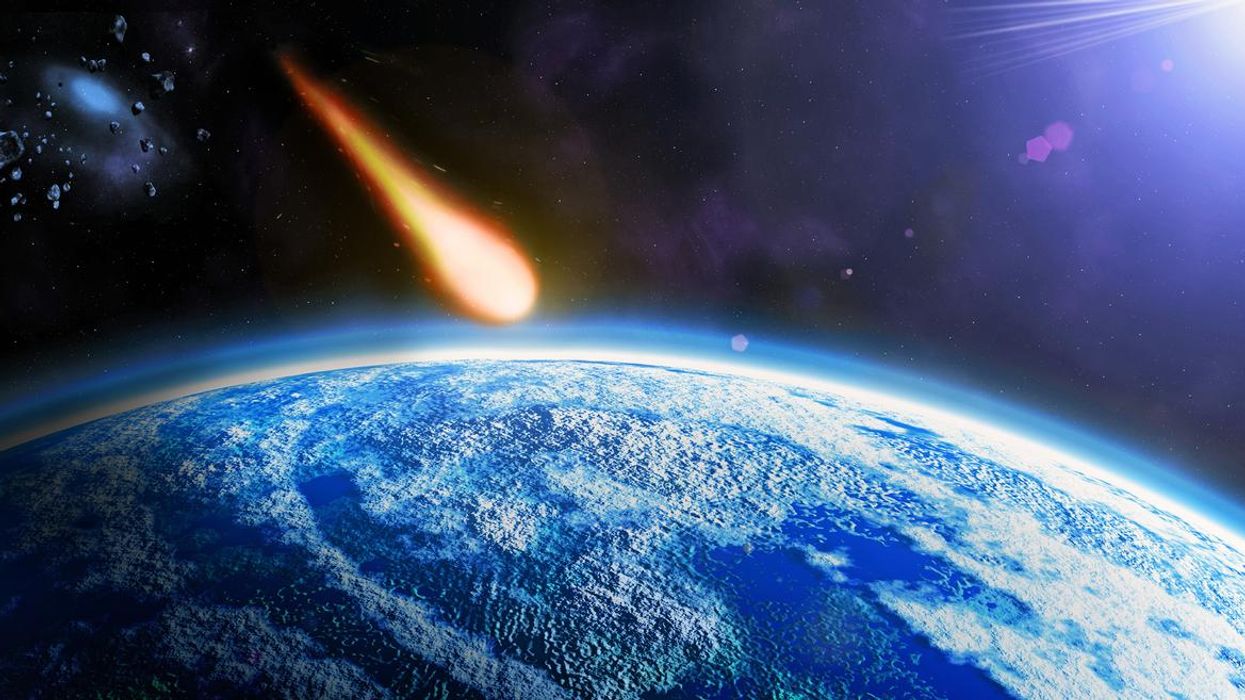News
Greg Evans
Nov 24, 2017

Picture:
Getty Images/iStockphoto
If you've been keeping track the world was scheduled to end in September, October and November but it didn't happen - great, right?
Conspiracy theorists were convinced that the mythical Planet X or Nibiru was going to pass by or crash into the Earth, bringing about the end of days.
Of course, it's ridiculous that a previously undetected planet could appear in the sky and kill everyone, but now a new threat looms.
The Daily Mail is reporting that a gigantic asteroid named 3200 Phaethon, which actually exists, is scheduled to fly in close proximity of the Earth next month.

According to the report, Phaethon will "brush" past our planet on 17 December, so if the worst should happen it will save you doing any Christmas shopping.
Unlike Planet X this event appears to actually have some legitimate research and facts surrounding it.
For instance, the Immanuel Kant Baltic Federal University in Russia have tracked the trajectory of the asteroid, and published this handy video.
Phaethon, whose origins are believed to lie in the region between Mars and Jupiter has puzzled Nasa for quite some time.
Back in 2007 Nasa published articles about the 3-mile wide rock and its strange orbit pattern.
It is said that it will fly within 6.4 million miles of Earth, which might sound like light years away but is relatively close in space terms.
Paethon is believed to have once been much larger but will eventually deteriorate into an asteroid shower.
A statement from the Immanuel Kant Baltic Federal University reads:
Apparently, this asteroid was once a much bigger object.
But its many approaches to the sun have caused it to crumble into smaller pieces which eventually formed this meteor shower.
If so, the asteroid itself could be the residue of a comet nucleus.
The asteroid's extremely elongated orbit, thanks to which it sometimes gets to the Sun closer than Mercury and it sometimes moves away farther than Mars, is another argument in favour of this theory.
Phaeton is said to be roughly half the size of Chicxulub, the asteroid that many believe wiped out the dinosaurs, so if it could remain at its current distance that would be grand.
HT Daily Mail
More: Asteroids are flying past the earth more often than usual
Top 100
The Conversation (0)














